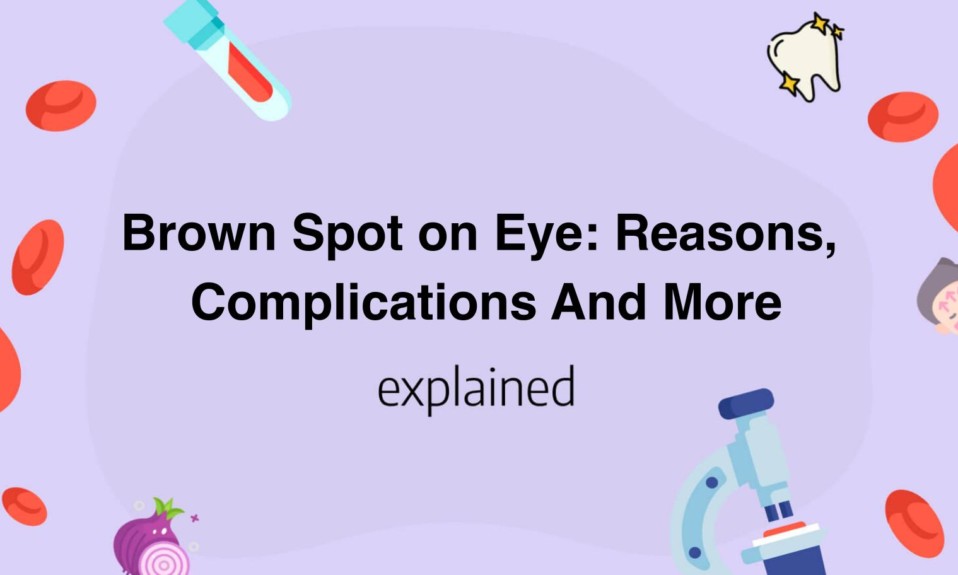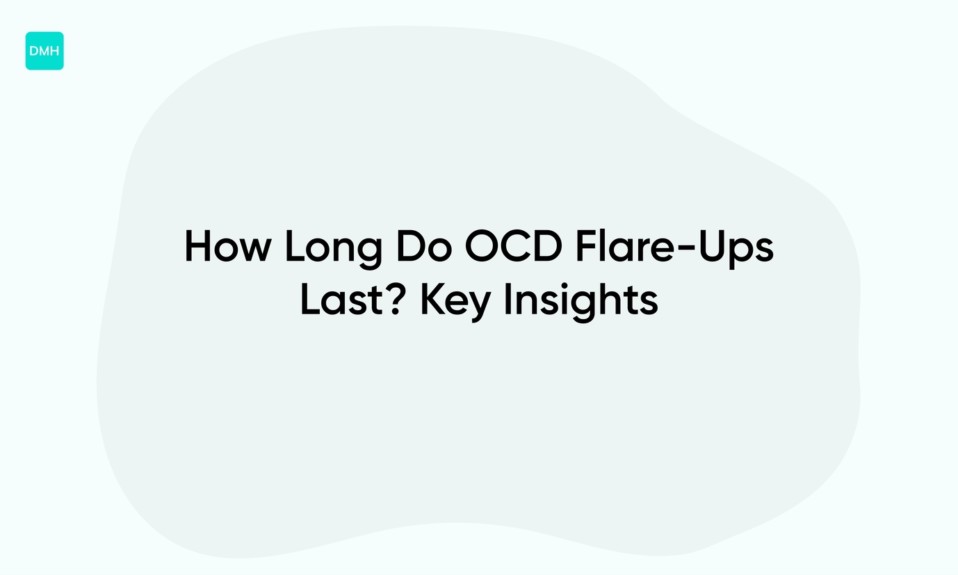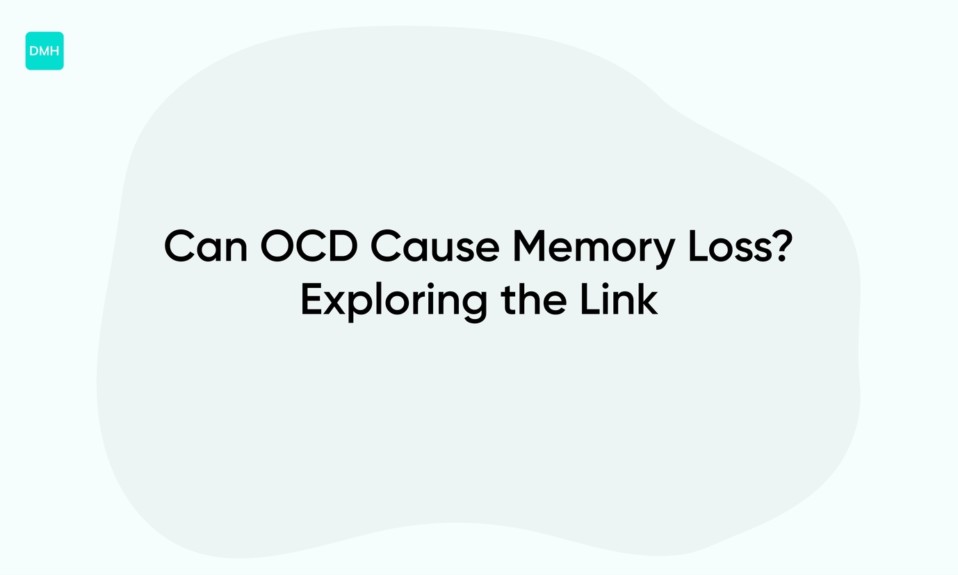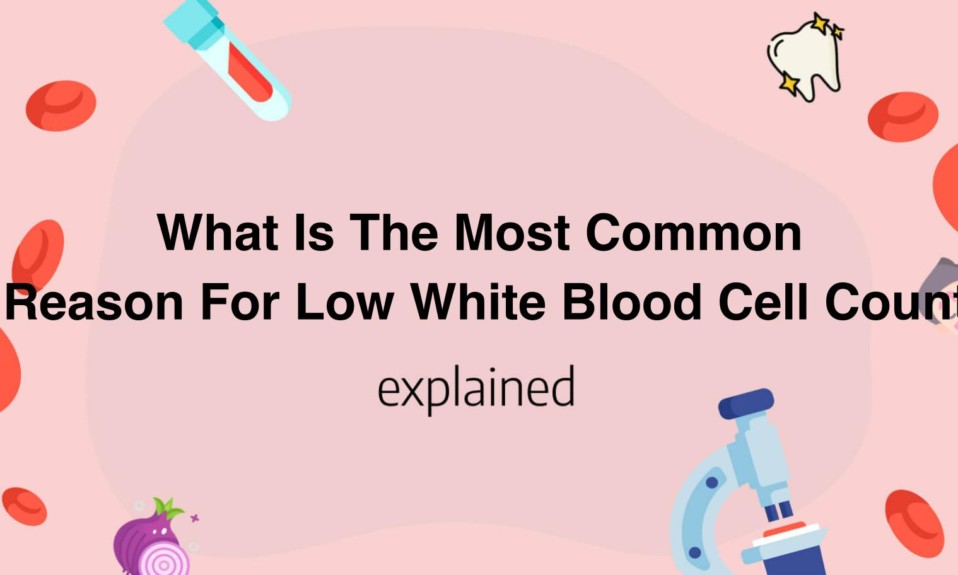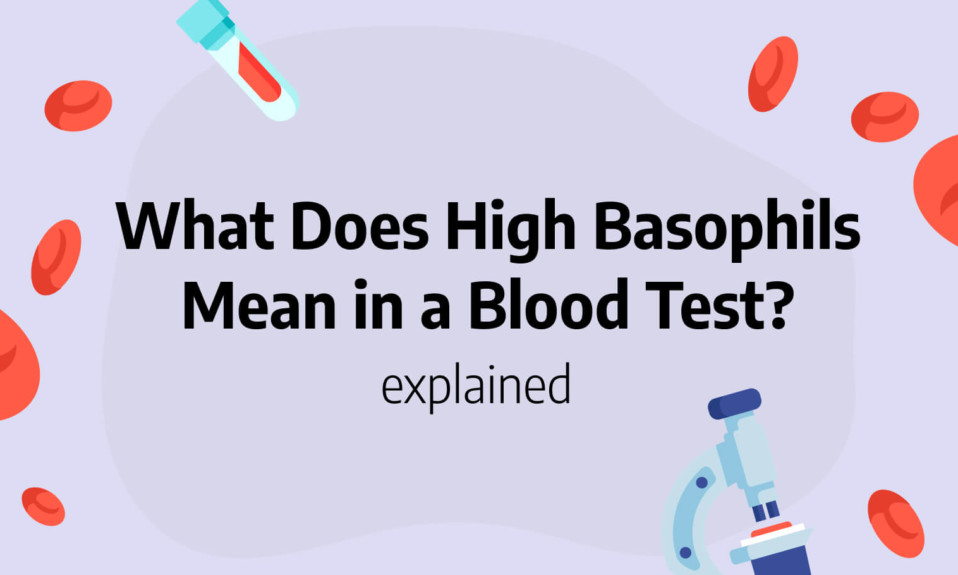If you have noticed a brown spot on your eye, there are a few possible explanations behind it.
These spots, also known as iris freckles, can be benign and harmless.
However, they can also be indicative of more serious underlying conditions.
In this article, we will delve into the reasons behind brown spots on the eye, the potential complications, and what you can do about them.
Key Reasons for Brown Spots on Eye
Brown spots on the eye, also known as pinguecula, are common and usually benign growths that appear on the conjunctiva, the clear membrane that covers the white part of the eye.
Pinguecula is caused by a buildup of protein, fat, and calcium deposits.
The spots may be yellowish, gray, or white in color.
One of the key reasons for brown spots on the eye is exposure to UV radiation from the sun.
Wearing sunglasses that block out harmful UV rays can help prevent the development of pinguecula.
Another reason for brown spots on the eye is aging.
As we age, the clear, protective coating on the eye may thin out, making it more susceptible to damage and growths.
Dry and dusty environments can also cause brown spots on the eye, as it can irritate the eyes and cause inflammation, leading to the development of pinguecula.
It is important to note that while brown spots on the eye are usually harmless, they can sometimes develop into something more serious, such as pterygium, a fleshy growth that can cover the cornea and affect vision.
If a pinguecula grows rapidly, changes in shape, or causes discomfort, it is important to visit an eye doctor.
They can determine if further treatment or removal is necessary.
In conclusion, protecting your eyes from UV rays by wearing sunglasses, keeping the eyes moisturized, and avoiding dry and dusty environments can help prevent the development of brown spots on the eye.
While usually benign, it is important to monitor any changes and consult an eye doctor if necessary.
Risk Factors Related to Brown Spots on Eye
Brown spots on the eye (also known as conjunctival nevi) are pigmented areas that can develop on the conjunctiva.
Although most of these spots are benign, some can be a sign of a more serious condition.
There are several risk factors associated with the development of these spots.
- Age: As we age, the risk of developing conjunctival nevi increases. These spots typically develop in people over the age of 40.
- Excessive UV exposure: Chronic exposure to sunlight and UV rays can cause pigmentation changes in the eye, leading to the development of brown spots. People who spend a lot of time outdoors without proper eye protection are at a higher risk for this condition.
- Fair skin: People with fair skin are at a higher risk for developing brown spots on the eye, as they are more susceptible to UV damage.
- Family history: There may be a genetic component to the development of conjunctival nevi. People with a family history of this condition may be at a higher risk of developing it themselves.
- Smoking: Smoking has been shown to increase the risk of developing conjunctival nevi.
- Exposure to chemicals: Long-term exposure to certain chemicals, such as pesticides and solvents, may increase the risk of developing these spots.
If you notice any brown spots on your eye, it’s important to have them evaluated by an eye doctor.
While most of these spots are harmless, some can be a sign of a more serious condition, such as a melanoma.
Protecting your eyes from UV rays and avoiding smoking and chemical exposure can help reduce your risk of developing conjunctival nevi.

Eye Diseases Associated with Brown Spot
Brown spots, also known as age spots or liver spots, are flat, oval-shaped areas of increased pigmentation on the skin.
While not harmful, these spots can be a cosmetic concern for some individuals.
Brown spots can also appear in the eyes as a result of various eye diseases.
Pigmentary glaucoma is an eye condition that occurs when there is an abnormal buildup of pigment in the eye, often leading to increased eye pressure and eventually causing damage to the optic nerve.
This can result in vision loss if left untreated.
Brown spots can also be a symptom of choroidal melanoma, a rare form of eye cancer.
This cancer develops in the layer of vascular tissue in the eye, and can cause brown spots to appear on the iris or inside the eye.
Other eye diseases associated with brown spots include age-related macular degeneration, a common condition in which the central part of the retina becomes damaged, leading to vision loss, and ocular histoplasmosis, an eye disease caused by a fungal infection that can result in scarring of the retina and vision loss.
While the appearance of brown spots in the eyes can be alarming, it is important to note that not all brown spots are a cause for concern.
Some brown spots may simply be a result of aging, while others may be a sign of a more serious condition.
If you notice any changes in your vision or the appearance of brown spots in your eyes, it is important to consult with an eye doctor.
At-home eye exams, such as Amsler grid testing, can also help detect early signs of certain eye diseases associated with brown spots.
Additionally, maintaining a healthy lifestyle, including eating a balanced diet rich in antioxidants and protecting your eyes from UV rays, can help prevent conditions such as age-related macular degeneration.
Read also: Can dogs eat tamarind
How to Prevent Brown Spots on Eye
Brown spots on the eye, also known as Pingueculae, are small bumps that form on the white part of the eye.
These spots develop over time due to excessive sun exposure and can be prevented by taking simple steps.
First, it’s important to wear sunglasses that block UV rays whenever you are outside, even on cloudy days.
This will help protect your eyes from harmful rays that can cause brown spots and other eye problems.
Second, avoid smoking as it not only damages your overall health but also increases your risk of developing brown spots on the eye.
Third, maintain proper nutrition by eating a balanced diet rich in antioxidants like vitamin C and E, lutein, and zeaxanthin, which can help protect the eyes from sun damage.
Lastly, it’s important to keep your eyes moisturized to prevent dryness, which can make you more prone to developing brown spots.
This can be done by using eye drops or taking regular breaks from activities that require intense eye work, like reading or using a computer for prolonged periods.
In addition to these preventative measures, it’s important to seek regular eye check-ups with a qualified ophthalmologist.
Doing so can help detect any early signs of brown spots or other eye problems that may be developing.
Seeing an eye specialist can also provide an opportunity to discuss any concerns you may have about your eyes and get professional advice on how to maintain optimal eye health.
In conclusion, preventing brown spots on the eye is easy and requires taking simple, preventative measures.
Wearing sunglasses that block UV rays, avoiding smoking, maintaining proper nutrition, keeping your eyes moisturized, and seeking regular eye check-ups are all measures that can help protect your eyes from developing brown spots and other eye problems.
So, make sure you take the steps to keep your eyes healthy and protected from the harmful rays of the sun!
Read also: How to Get Rid of Heartburn Easily
Importance of Timely Treatment for Brown Spot
Timely treatment for brown spots is essential for maintaining healthy skin.
Brown spots, also known as age spots, are caused by prolonged exposure to the sun’s harmful UV rays.
They can appear on any part of the body, but are most commonly found on the face, hands, and arms.
These spots can be unsightly and can take a toll on one’s confidence.
Early detection and treatment can prevent these spots from worsening and becoming more difficult to treat.
Treatment options include the use of topical creams, laser therapy, and chemical peels.
It is important to note that brown spots can also be a sign of underlying health issues such as liver disease or diabetes.
Therefore, seeking timely medical attention for brown spots is crucial.
It can prevent further complications and help address any underlying health concerns.
In addition, regular skin checks with a dermatologist can help detect any potential issues and prevent serious skin conditions from developing.
Ignoring brown spots can lead to the development of more serious skin conditions such as melanoma.
Melanoma is a form of skin cancer that can be fatal if left untreated.
Therefore, it is paramount to have any suspicious spots checked by a medical professional.
In conclusion, early and timely treatment for brown spots is critical for maintaining healthy skin and preventing serious health conditions.
It is important to stay vigilant and monitor any changes in the appearance of the skin.
Seeking medical attention at the first sign of an issue can prevent complications and lead to successful treatment outcomes.
Remember to always use sun protection, wear protective clothing, and avoid prolonged sun exposure to prevent the development of brown spots and other skin conditions.
Read also:

